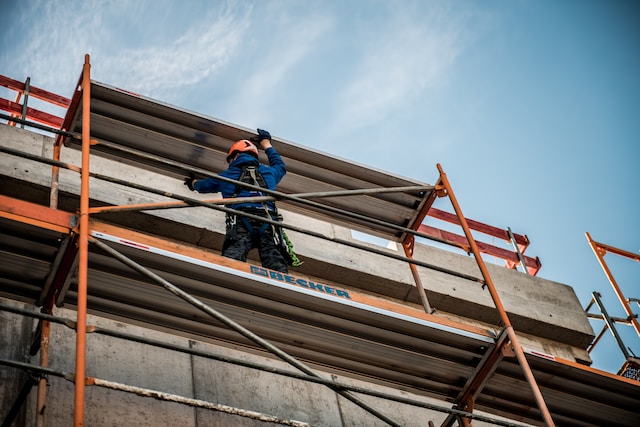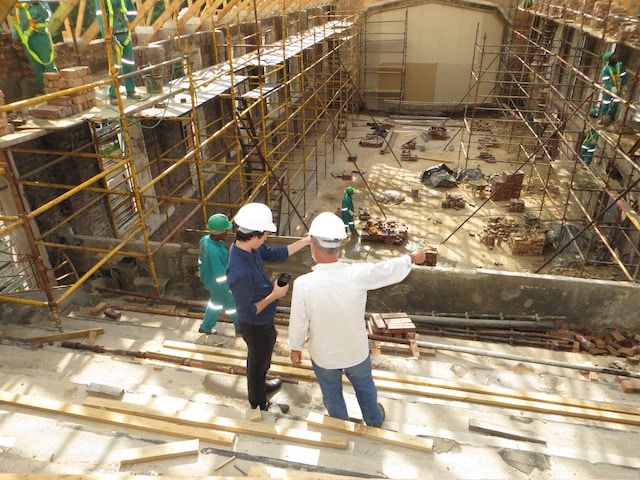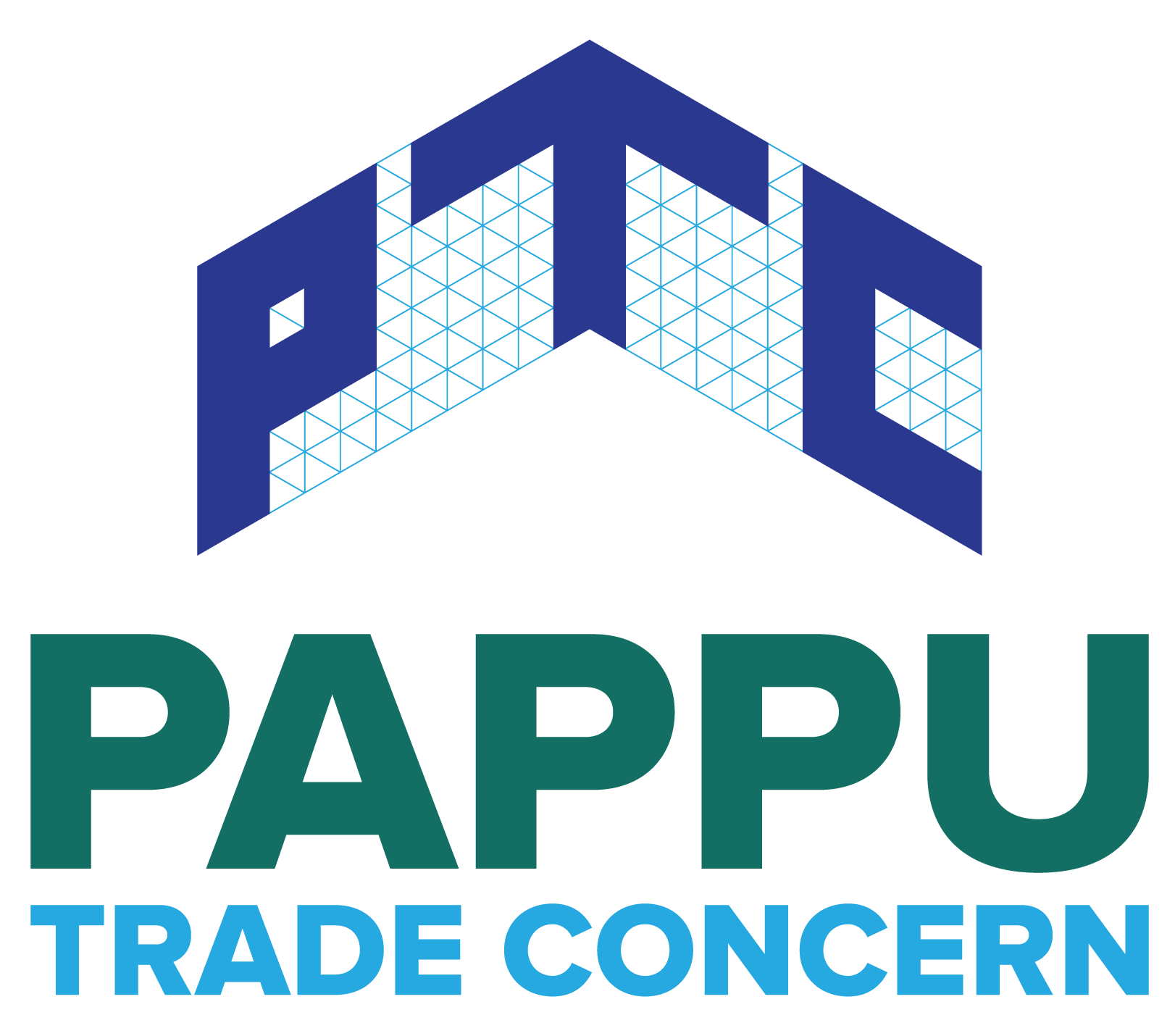
Scaffolding / Props Teka in Nepal: Importance, Benefits, and Best Practices
1 year ago ,
Pappu Trade Concern
In the construction industry of Nepal, the scaffolding industry plays a vital role. This industry provides crucial support for all the other forms of the construction industry. The scaffolding industry in Nepal consists of many stakeholders. They include scaffolding suppliers, manufacturers, contractors and the workforce. Because of the rapid growth in infrastructure, the importance and need of the scaffolding industry are growing.
Scaffolding, or props teka as they are commonly called, refers to the temporary framework of metal pipes, tubes or other materials. They form a stable working platform that enables workers during construction, maintenance, and repair. The primary purpose of this construction accessory is to allow workers to perform tasks at height with safety. That said, the specific design and purpose of scaffolding will vary depending on their type.
What are the types of scaffolding?

The primary purpose of scaffolding is to provide safety for the workers. But, the specific purpose and designs will vary depending on their types. There are six primary types of scaffolding, and each of these types of scaffolding has its own unique design and purpose. They are as follows.
Tube and Coupler Scaffolding
This type of scaffolding is made using steel tubes and couplers. The tubes are connected using couplers and provide a platform for the workers to stand on.
H-frame scaffolding
Also known as frame scaffolding, this type of scaffolding / Props Teka consists of a vertical frame connected with horizontal and/ or diagonal braces. H-frame scaffolding are lightweight, portable and provide a stable platform for the workers.
System Scaffolding
This scaffolding uses pre-engineered vertical standards and horizontal ledgers. Because of the pre-made scaffolding parts, they are easy to deploy and provide a durable platform for construction workers.
Suspended Scaffolding
As their name suggests, suspended scaffolding is hung or suspended from chains or cables. They are generally used in high-rise buildings where it is impractical to install scaffolding from the ground level.
Cantilever Scaffolding
They are designed to be supported on one end, and the other end is projected to support. Because of this design, they are used when access is required over obstacles. One prime example of this is during the construction of bridges.
Mobile scaffolding
They consist of a platform with wheeled frames over the towers that can easily be moved. They are used where scaffolding needs to be moved frequently. This includes activities such as painting or maintenance of high-roof halls and auditoriums.
These are the six primary types of scaffolding and their usage. Naturally, you can find many variations within these primary types of scaffolding. Each of these types of scaffolding has its own importance as well.
What is the importance of scaffolding?

By now, you should know a basic gist of the importance of scaffolding. The primary importance of scaffolding is to provide safety to construction workers. But besides this, there are a few more importance of scaffolding that you should know. Some of these are as follows.
Easy Access
Scaffolding provides easy access to platforms. As such, scaffolding is important for activities such as construction at heights, painting in or outside tall buildings, and installing windows.
Efficiency and productivity
As scaffolding/props, Teka provides you with a stable platform to carry out the tasks. They improve efficiency and productivity. The workers can work with ease and comfort without the need for ladders or unstable makeshift solutions.
Storage
Scaffolding provides more than just a stable platform; they provide a safe storage location as well. They provide a safe platform for storing construction equipment without needing to carry them to and from the construction site.
Versatility
Scaffolding is highly versatile and adaptable to various construction projects and structures. They can be adjusted and customized to fit different heights, shapes, and site conditions.
Therefore, scaffoldings are extremely important for construction. They provide such a wide range of perks. As such scaffolding is undoubtedly one of the most important construction equipment.
Safety Regulation and Best Practices for Scaffolding

According to the Occupational Safety and Health Guidelines published by the Ministry of Federal Affairs and Local Development Department of Local Infrastructure Development and agricultural roads (DoLIDAR), Chapter 14.4, "Scaffolds must be erected and dismantled by one person who is experienced and trained; they should be inspected prior to first use, upon change and adaptation, where the weather may affect the stability and at regular intervals".
This safety regulation is easy to understand. Besides complying with the safety rules, you should also follow the best practices. Some of the best practices when using scaffolding are as follows.
-
Only let the experienced and competent personal handle the scaffolding. This includes procedures such as installing, disassembling or modifying scaffolding structures.
-
Inspect and maintain the scaffolding after and before every use. During this process, defective components should be replaced immediately.
-
The scaffolding must be erected on a solid foundation that is capable of supporting the load. The ground must be level, compact, and free from any obstructions.
-
The scaffolding must be securely anchored to the ground or building at regular intervals. You should always use manufacturer-approved anchoring methods.
-
Use suitable planking materials for working platforms. This can include scaffold-grade wood plants or metal decking.
-
Installing the guardrails and toe boards on all open sides of the platform is recommended.
-
Implementation of fall protection along with scaffolding is recommended.
-
You should always be aware of the load-bearing capacity of the scaffolding. You should not carry more than the recommended load.
-
You should always ensure that the workers on scaffolding are adequately trained.
These are just some of the best practices that you should use when working with the scaffoldings. The specific regulations and guidelines will vary.
What are the benefits of Scaffolding/ props teka?

If you adhere to all of the safety standards and regulations of the scaffolding, you can reap a wide range of benefits from scaffolding. Now while the specific benefits will vary on the construction project, there are some general ones that are more or less universal. Some of the primary benefits that you can get from scaffolding are as follows.
Enhanced Safety
One of the core benefits of scaffolding is that it provides you with enhanced safety in the working environment. It provides a safe platform to work on at the height and allows workers to be worry-free.
Improved access
Another benefit that you get from scaffolding is that they provide you with improved access. Using the scaffolding, workers can get access to high locations for construction, maintenance, cleaning, or painting.
Increased efficiency
With the safety and accessibility of scaffolding, the workers can complete their tasks with more efficiency. They also eliminate the need for workers to ascend and descend from ladders constantly.
Improved workmanship
Working o a stable and secure platform allows workers to improve their quality of work. They do not need to worry about their own safety and can place all of their required equipment by their side.
Allows easy inspection and maintenance
Some scaffolding is easy to install. This easy installation enables the construction workers and project inspectors to easily inspect and maintain the projects.
Besides the ones we mentioned here, there are naturally more perks that you can get from using scaffolding. However, you should get a general gist of what you can gain by installing scaffolding.
What is the price of Scaffolding in Nepal?
The most honest answer to this is - it depends. The price of scaffolding in Nepal will vary depending on your intention, the type, and the duration.
If you want to purchase the scaffolding, it will cost a bit more when compared to renting. Similarly, the price will also vary depending on the type and component of scaffolding. As such, it is extremely hard to determine the exact price of scaffolding in Nepal.
That said, the average price of renting scaffolding accessories can range from a price of Rs 50 to Rs 500 per equipment per piece per day. Do note that this price range is inclusive of different types of scaffolding. They include Tube and coupler scaffolding, H-frame scaffolding and more.
If you want affordable Props Teka and other construction accessories, do let us know.
Conclusion
Scaffolding is the construction accessories that provide you with a platform during construction. They come in a variety of types, and each of them has their own specific function and perks. While using scaffolding, you should be aware of the safety regulations and best practices regarding scaffolding.
We hope you found this article helpful and interesting. To find more insighful blogs on scafolding related products, check out our blogs section. Thank you for reading till the end.
FAQ
Q: What is scaffolding?
A: Scaffolding is a temporary structure or framework that is made to provide support, access, and a safe working platform.
Q: Are scaffolding and Props Teka the same?
A: Yes, scaffolding and props are the same.










